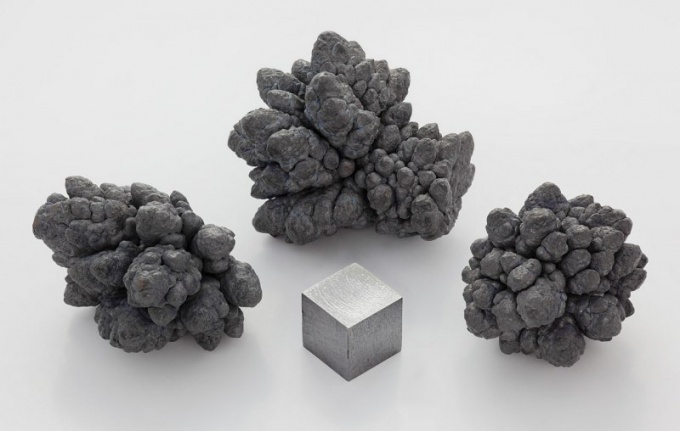Applications of lead
One of the most common uses of lead is the production of bullets, shot and other projectiles for firearms. And the ability for hunters to make a homemade bullet created thanks to the cheapness of the metal and the low temperature of its melting point.
Also made from lead fishing sinkers. Due to the fact that the metal is soft enough it can be fixed on the fishing line without the use of special equipment, is simple compression.
Lead also has anti-corrosion property, so it is used for applying a protective layer on iron products and the manufacture of protective sheaths for cables. Also this feature of lead allows it to be used in the production of paint products.
As the main component of the ship, or iron, minium, who painted the underwater part of the ship, used pigment, which includes the lead.
Often this non-ferrous metal used in alloys. Leaves with a mixture of lead, for example, is able to protect from x-rays and radioactive radiation. When the accident at the Chernobyl nuclear power plant, accompanied by intense radiation, used bags with blanks and shot of lead to stop dangerous processes in the reactor. To protect people who were on the giving the cargo helicopters used lead sheets. The unique features of this metal in this case was indispensable.
The melting point of lead
The melting point of pure lead, which has no impurities, is 328оС. During melting improves castability and without the plastic lead. This allows hunters to home cast projectiles for weapons.
Lead can be melted even at home or at the stake.
However, to fill in the forms necessary to bring the metal to a flowable state. To the extent you can melt lead at a temperature of about 100-200oC higher than the melting point. The boiling point of this metal varies 1749оС.
In molten form it has a noticeable volatility, which increases with increasing temperature. A pair of lead and its dust can cause acute poisoning. For severe intoxication sufficient concentration in the body and 0.3 g of lead or its components.


